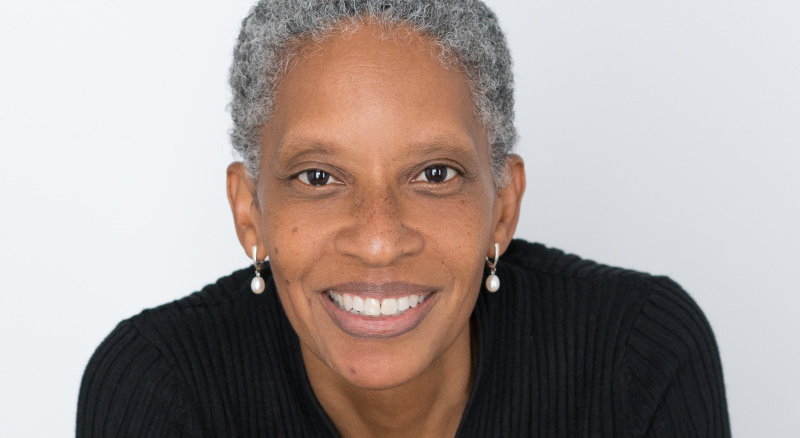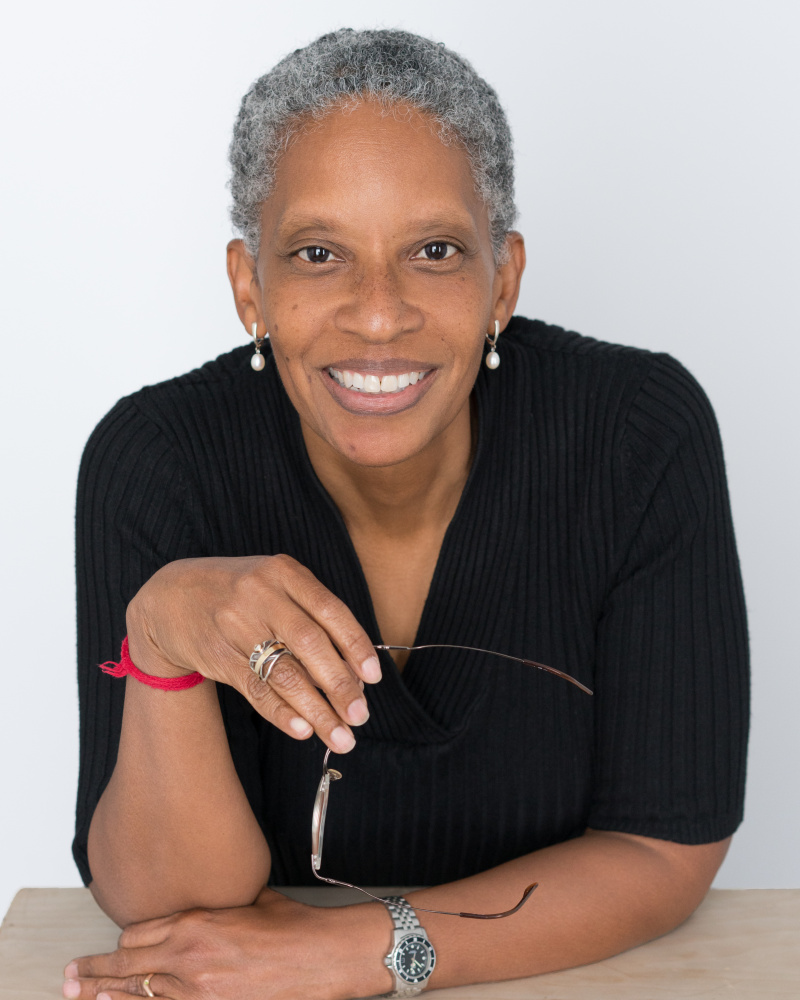Communities of Care
What we can learn from Martin Luther King Jr.’s vision of interconnectedness The post Communities of Care appeared first on Tricycle: The Buddhist Review.

What we can learn from Martin Luther King Jr.’s vision of interconnectedness
Interview with Pamela Ayo Yetunde by James Shaheen and Sharon Salzberg Jun 04, 2023
As a pastoral counselor, chaplain, and activist, Pamela Ayo Yetunde has witnessed both our capacity for enlightenment as well as the ways that our humanity is distorted by forces of oppression and ignorance. She believes that our true nature is to care for one another, yet distraction and delusion keep us from this natural impulse. Drawing from Buddhist and Christian teachings on mutuality and liberation, Yetunde lays out a path for how we can become better caregivers to ourselves and our communities in her new book, Casting Indra’s Net: Fostering Spiritual Kinship and Community.
In a recent episode of Life As It Is, she spoke with Tricycle’s editor-in-chief, James Shaheen, and meditation teacher Sharon Salzberg about the ancient Vedic image of Indra’s net, what she has learned from Martin Luther King Jr.’s vision of mutuality, and how we can practice nonviolence in our everyday lives.
James Shaheen (JS): What is Indra’s net?
Pamela Ayo Yetunde (PAY): Indra’s net is a concept that comes out of ancient Vedic teachings. It was believed that Indra, the god, had a net that he used to capture his enemies and punish them in something that they could not escape from. Over time, Indra’s net has become a way of understanding our interconnectedness and interdependence, as well as our capacity to reflect one another’s goodness back to each other and rely on one another to make it through hardships.
When I talk about casting Indra’s net, I’m talking about each one of us pouring out the love from our hearts into the net for the benefit of all. It’s a practice of lovingkindness in its abundance. This lovingkindness is not limited by my one body. It’s at the level of imagining that you are in the field of lovingkindness and that this field of lovingkindness is without bounds—for all beings throughout space and time, throughout the universe, throughout the multiverses. The practice of casting Indra’s net is really about imagining that everyone and everything is in the field, yourself included.
Sharon Salzberg (SS): You draw from Martin Luther King Jr.’s “Letter from Birmingham Jail,” where he describes us as living in the “inescapable network of our mutuality.” Could you say more about what you’ve learned from that vision of mutuality and how it relates to Indra’s net?
PAY: I can say about mutuality that when I feel it, I feel whole, I feel connected, and I feel appreciated. I feel like we can have an exchange of equals, and I already know we are equal. As equals, there are going to be times where I need to reach out because I’m vulnerable, and there are going to be times where you need to reach out because you are also vulnerable.
I’m not saying that our relationships have to be tit for tat, reciprocating one act of kindness with another act of kindness as if we’re tallying up our kind acts. The nature of being human is to care for one another, and there’s no shame in that. Oftentimes, we don’t get it right, and I always encourage people to try not to dwell in the fear of not doing it right to but err on the side of compassion and then apologize if you don’t get it right.
SS: You say that our task is to reflect our mutuality with as little distortion as possible. So can you say something about what gets in the way?
PAY: What gets in the way…so many things. One is our self concept. There’s a part of us that is—some would say that has to be—a little narcissistic in order for us to get out of the bed in the morning and believe we can accomplish anything. This can cloud our view of others. When we become so self-absorbed, making sure we get everything we want when we want it, then we can’t see anybody else. We can’t feel anyone else. It’s not possible to feel the resonance of another, even when you’re in the same space. One of the beauties of Buddhism is the practice of decentering yourself so that other people can have space. When we decenter ourselves, then that creates the capacity to mirror one another better.
SS: You suggest that we broaden our understanding of caregiving to a communal and national level, learning to become caregivers to our community. Can you say more about what it looks like to apply a spiritual care approach to society as a whole?
PAY: As a chaplain, one of the things that I’ve learned is that when we are working in public, pluralistic settings, we should treat people not based on our own proclivities but based on the fact that each person has their own story, their own history, their own culture, their own commitments, and their own causes and conditions. They are in a state of vulnerability, and so are we. But from chaplain to patient, it is understood that the patient has not chosen to be in the situation, and the chaplain has chosen to be in the situation. Therefore, the chaplain has more power. In order to reduce the chance of abusing that power, we bracket the power. We recognize that we are vulnerable. Hopefully, that leads us to be humble and therefore open to all these people who have come to this place through their own journey.
We are not able to care for everyone all the time. But we can adopt a posture of nonharming toward almost everyone. And that’s what I’m suggesting we begin with: all of us adopt the posture of nonharming, recognizing that most of the people who are ill are not actually in the hospital. Most of the people who are ill are in the world. And so why not treat the world as a place of healing and ourselves as agents of healing?
We can’t do this by ourselves. We’re not superheroes. We are people just like everyone else. The more we can create communities of care where we share the responsibility of caring with each other, the greater chance we have of living our best lives, our most connected lives. And that is another way of casting Indra’s net.
![]()
Thank you for subscribing to Tricycle! As a nonprofit, we depend on readers like you to keep Buddhist teachings and practices widely available.
This article is only for Subscribers!
Subscribe now to read this article and get immediate access to everything else.
Already a subscriber? Log in.

 Tfoso
Tfoso 
































